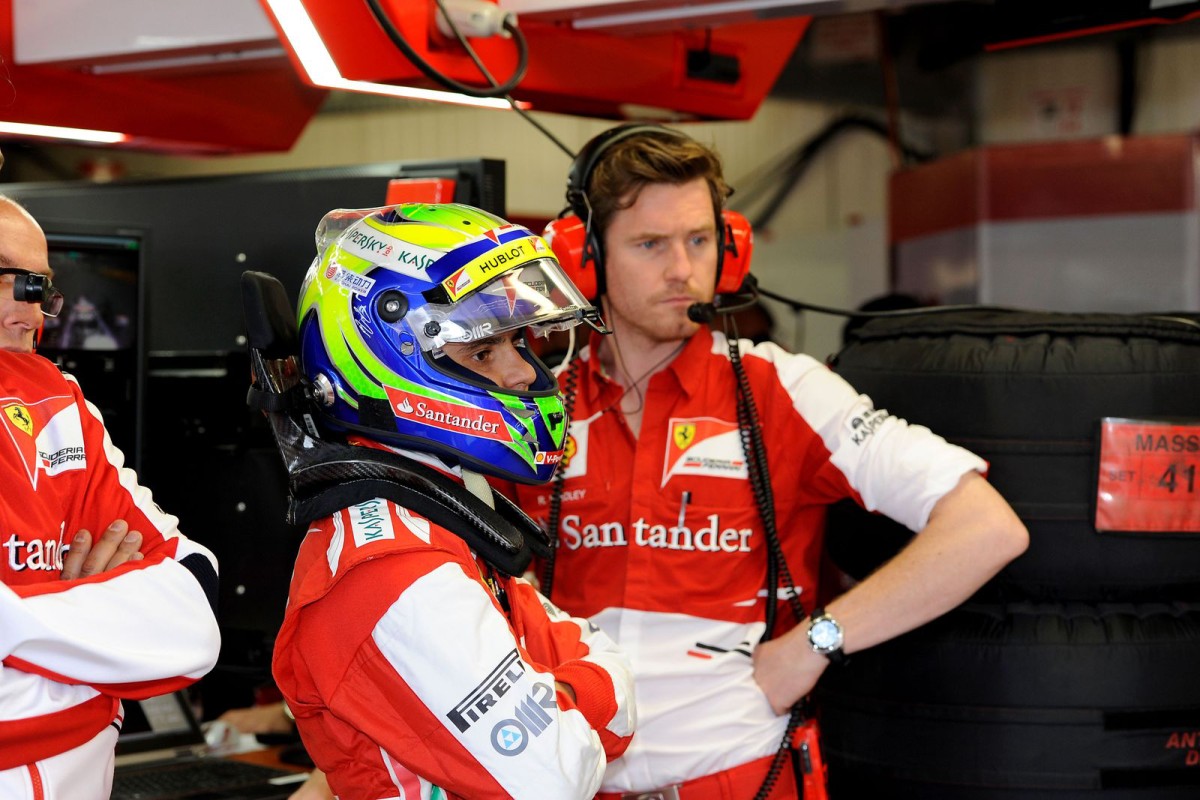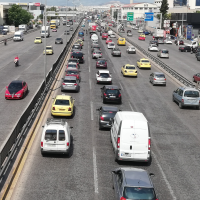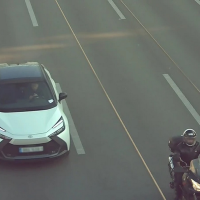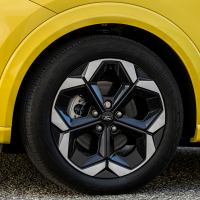What happens ... after an accident
An inside look at the procedure of the driver reintegration ...
- -
- -

In terms of motorsport safety, the engineers work towards avoiding the accident itself, as well as to mitigate its consequences. The medical teams intervene, of course, after the accident, to optimise the outcome for the victim. But what happens after recovery, when the driver wants to climb back into his or her car and go racing again?
Let’s look at the case of Felipe Massa. After his head injury at the Grand Prix of Hungary in 2009, Felipe worked tirelessly to get back into his Ferrari overalls and participate in the Championship. And this after severe brain trauma, spending a day in an artificial coma, and then more than a week hospitalised under observation! His convalescence was a well-thought-out program of rest, lots of rest, followed by a progressive return to physical training. Felipe then began his “motorsport rehabilitation”, by first driving a competition go-kart, then a Formula 3 car, and then back into a Formula 1 monster in private sessions. Clearly only the massive motivation of an exceptional sportsman could explain going through all this after such a potentially devastating injury. And only then was he able to request his official reintegration into the F1 circus!
Motivation and commitment are important, but what exactly has to happen for a driver to be reintegrated after a head injury?
First and foremost, the driver’s neurologic examination must be strictly normal. This means his level of consciousness, strength, sensitivity and reflexes are tested, and need to have returned to their baseline state. But because head injuries, even mild ones, can have subtle effects on memory, reasoning, and concentration (called “cognitive function”), because these effects can be very difficult to assess, and because they are so obviously involved in safe operation of a racing car, they must be carefully examined before letting a driver resume competition. For more than 10 years, the FIA has used a computer-based neurometric test to evaluate cognitive function. The drivers are tested before the season starts, in order to provide an uninjured comparison score. In the event of an accident, the driver is retested. Any significant decline is reason for the return to competition to be delayed.
This objective testing is a tool, not an answer machine. The decision to return a driver to competition is also based on the experience and clinical sense of the physician in charge of the process, in this case the FIA Medical Delegate. For example, a few years ago, a driver had a very hard off during qualifying, and spent the two nights in hospital. At the next race, his basic neurologic exam was fine, as were his scores on neurometric testing. Without taking into account the whole picture, the driver was allowed to participate by the Medical Delegate. After the first practice session, the driver, his physio and the team principle came to see me. They were curious as to why the Medical Delegate had allowed him to drive. After only a few laps, he had developed a severe headache, and had definite difficulties with the information processing necessary to drive a Formula 1 car. Although I was unable to answer the question as to why he had been allowed to return so fast, I recommended to the driver that he decline to participate, and to continue his rehabilitation until the next race. Happily he was mature enough to mention his situation to the team (rather than continue to pound out laps in a clearly unsatisfactory state); one can easily imagine a less mature driver with the pressure of an F1 seat continuing on and . . . perhaps injuring himself, another competitor, or a member of the trackside staff or public!
Many victims of head injuries, ranging from “simple” concussion to major trauma, are noted to have “changed” after their accident. More cautious, or on the contrary more daring. More gregarious, or sometimes more timid. Small changes like this are often noted by the victim’s entourage. Are they due to the psychological experience of having survived an accident, or rather to subtle changes in the brain itself? It’s obviously very difficult to provide a precise answer, and no doubt there are elements of both in any given patient’s response to his or her injury. I’ll just point out that we are all changed by our experiences, and that the brain is the universe’s most complex machine!
We all marvel at the skill and courage of our favourite drivers when they take to the track; their motivation and guts when they fight back after an accident should impress us at least as much!
Follow Gary on Twitter (@former_f1doc)
















 και στη συνέχεια 'Προσθήκη στην οθόνη αφετηρίας'
και στη συνέχεια 'Προσθήκη στην οθόνη αφετηρίας'